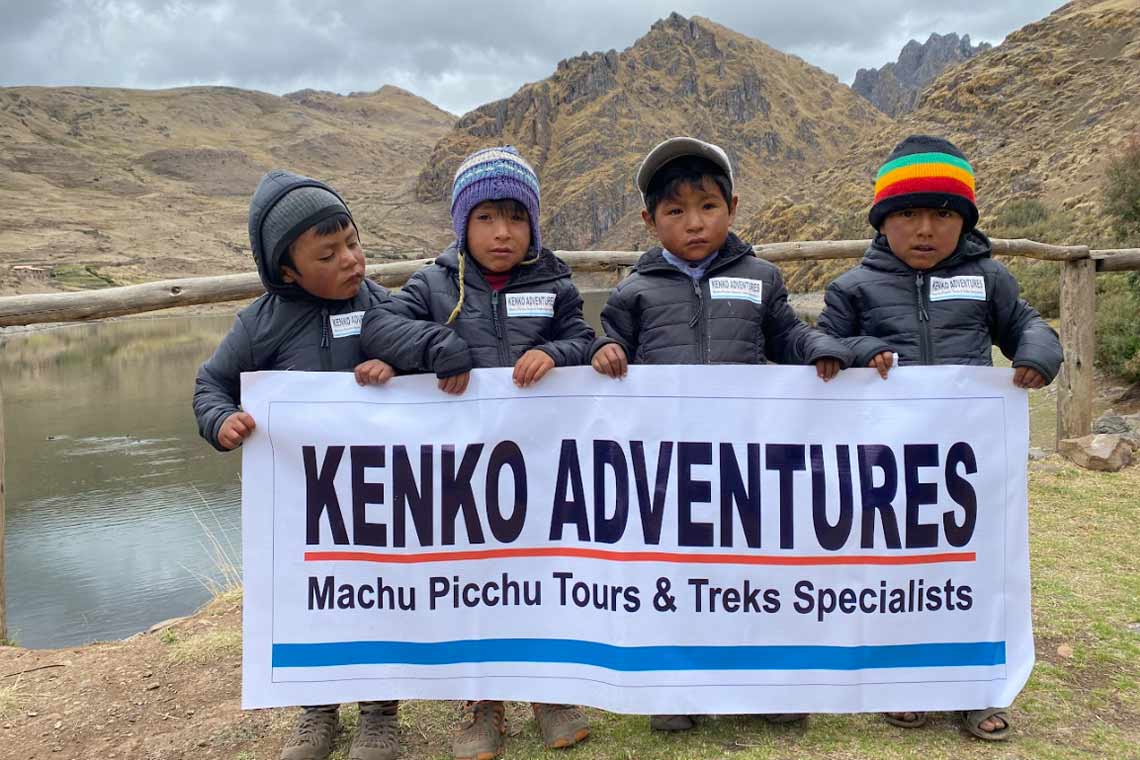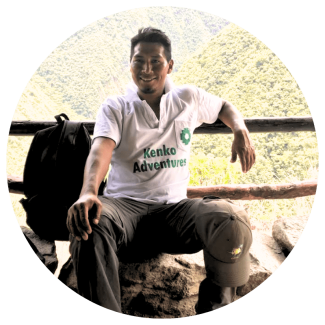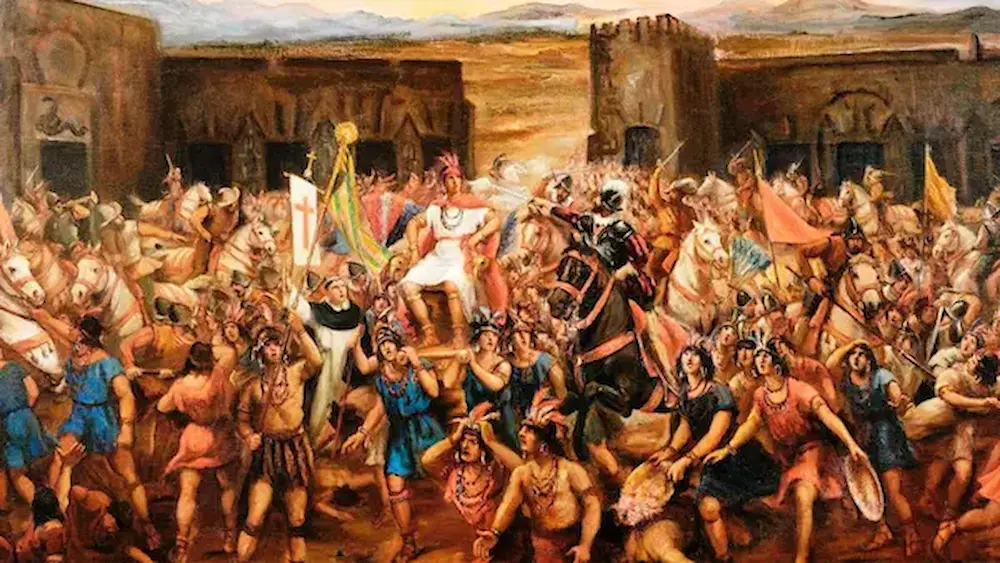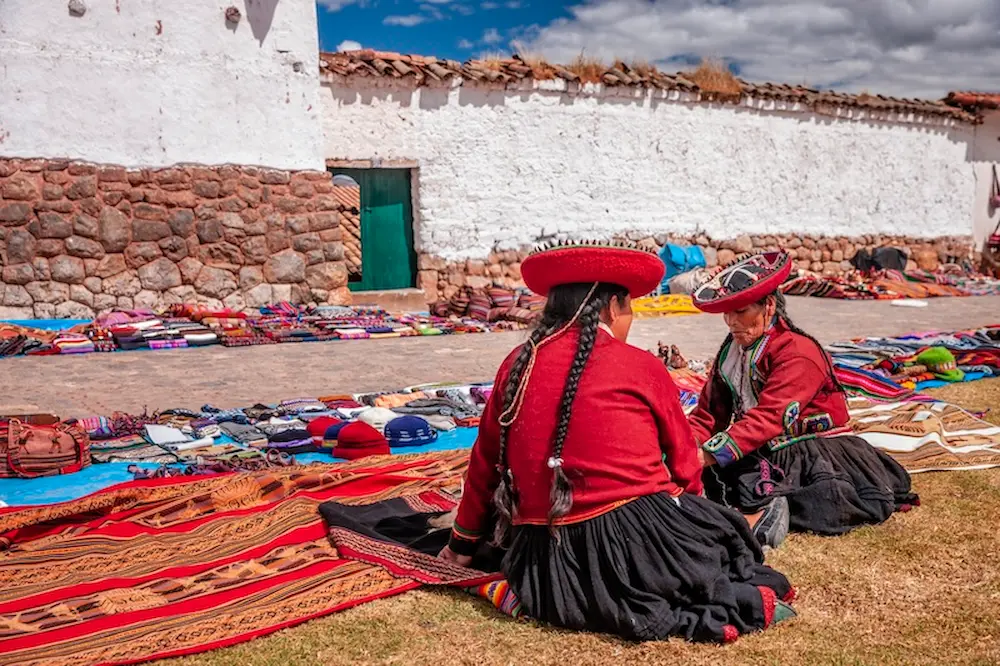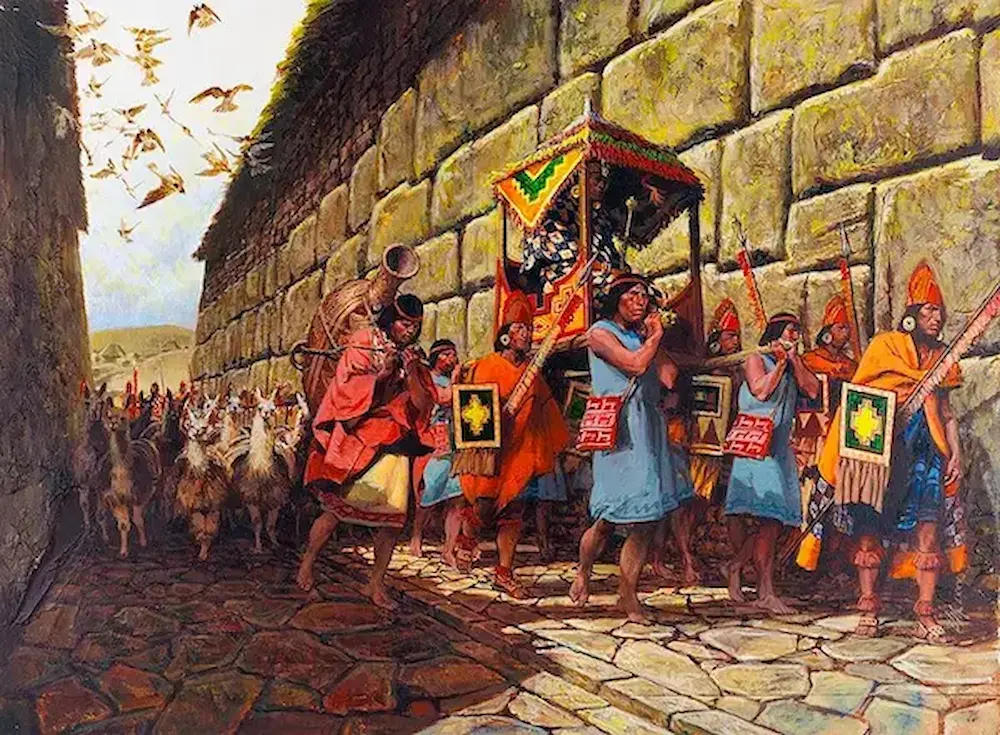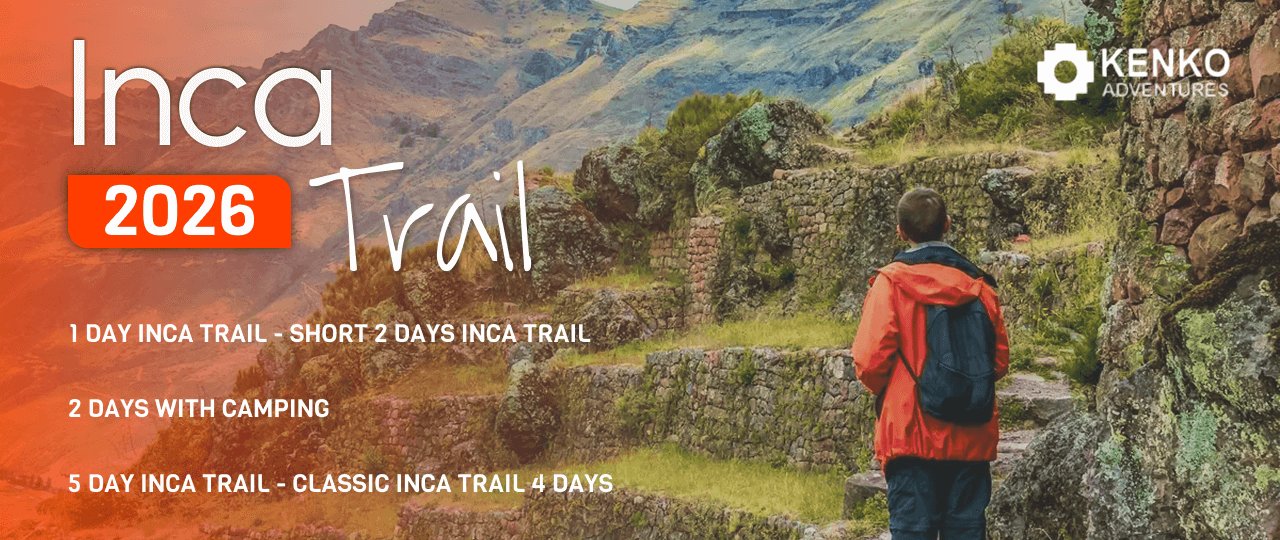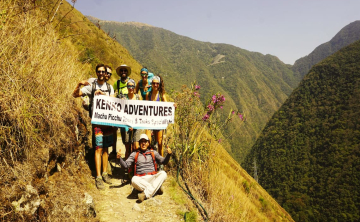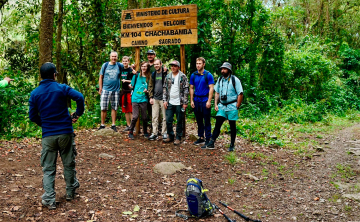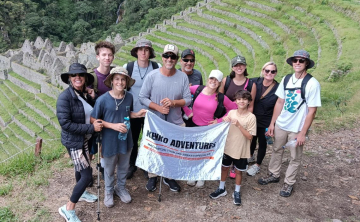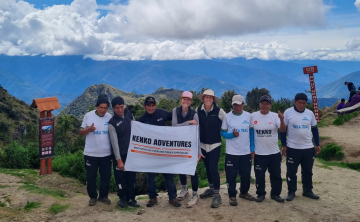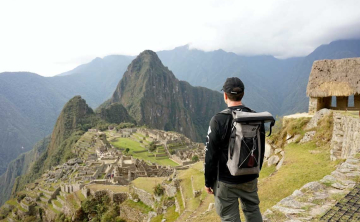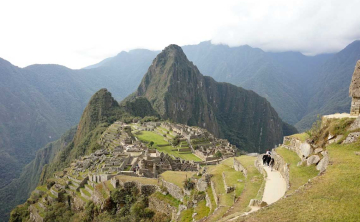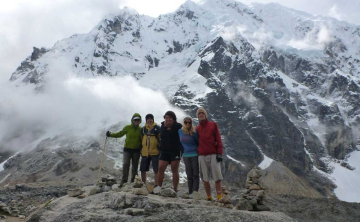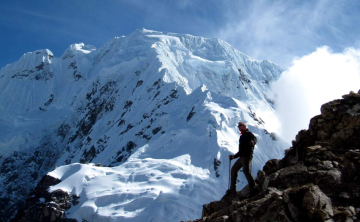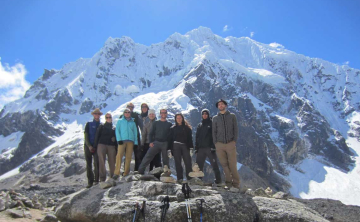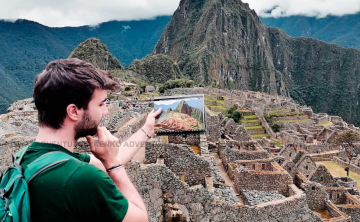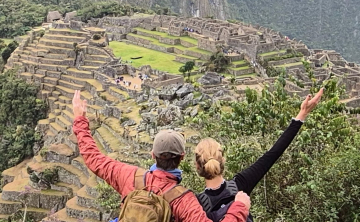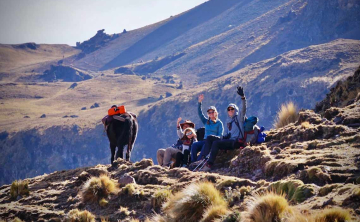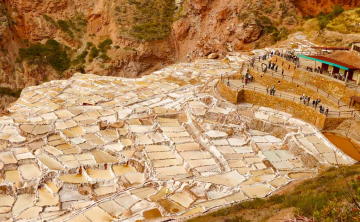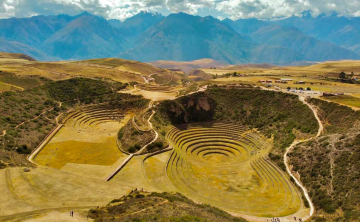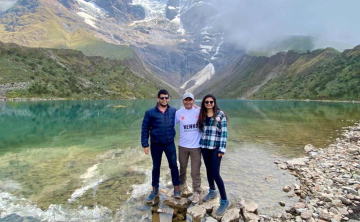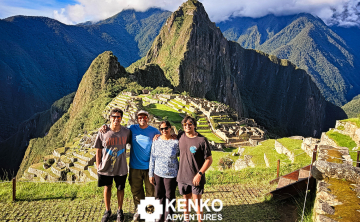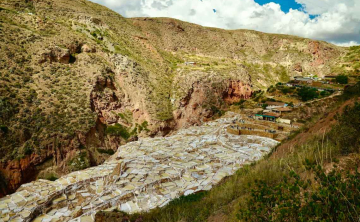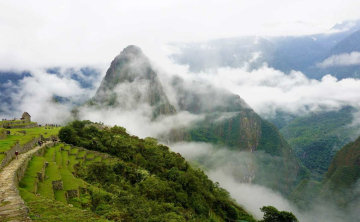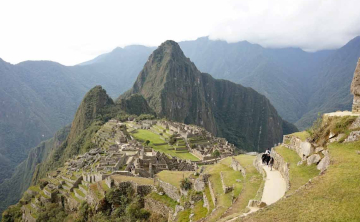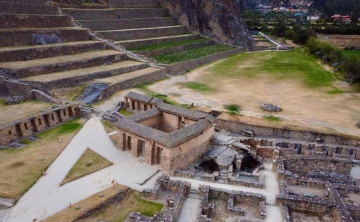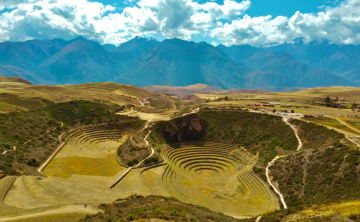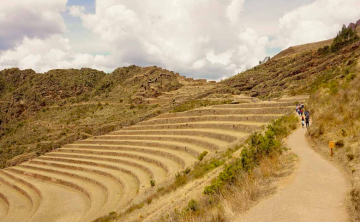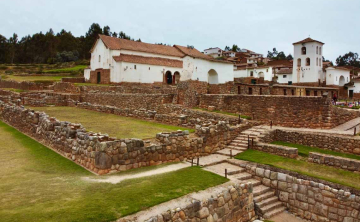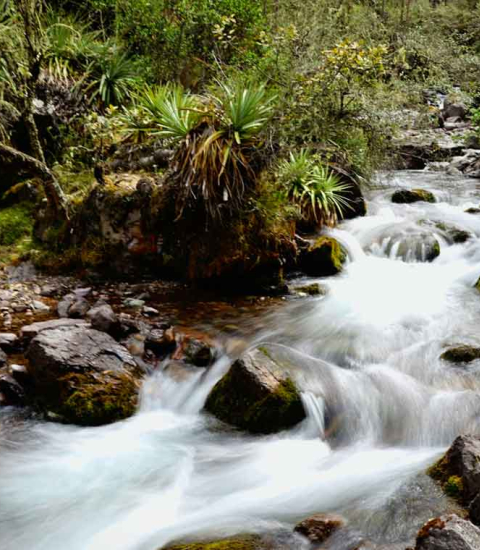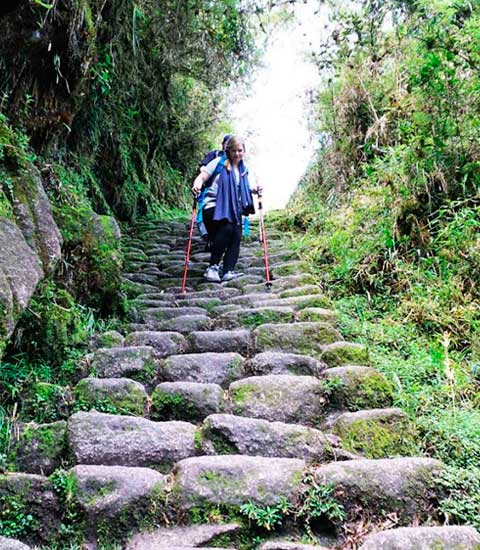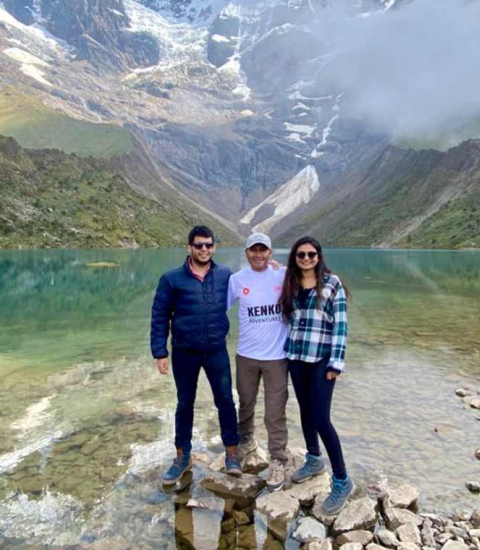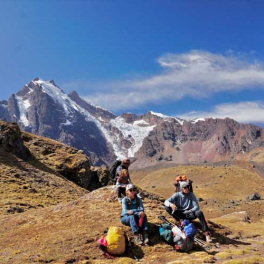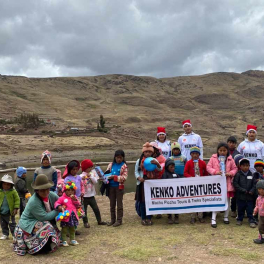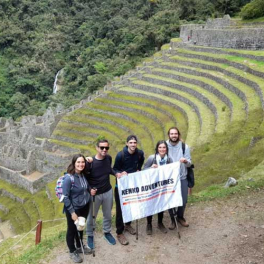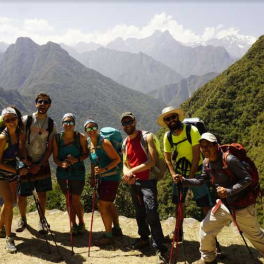We present our real culture life to our clients, hiring people from villages and communities of our region.
- Blog
- The Mita System and Mita Obligations
The mita system and mita obligations
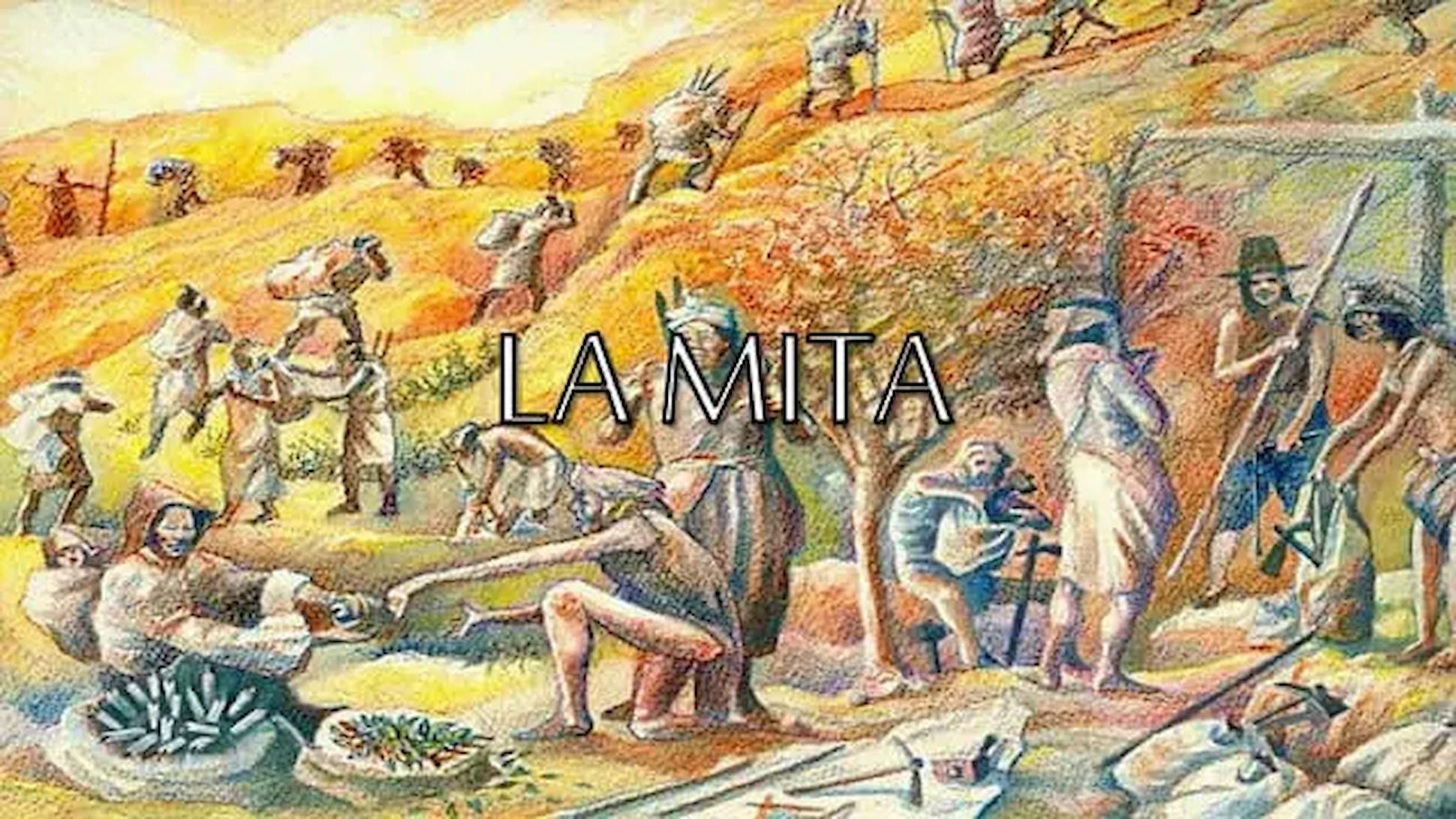
Imagine experiencing the breathtaking mountain landscape while on one of the amazing trips in the Peruvian highlands. For this reason, we would like to discuss the mita system with you today. What is this? You might inquire. Once, under the terraced hillsides and cobblestone roads, it uprooted a whole civilization. It was vital to the people's survival and a spiritual duty that went beyond work in constructing the enormous Inca empire. However, this same system would later be corrupted into one of the most heinous consequences of colonialism.
We'll learn how the Incas structured society using the mita system and why it eventually came to represent exploitation in this historical tour. Each chapter of this book unveils a new level of memory, resistance, and power, from the eerie mines of PotosĂ to the revered architecture of Cusco.
What Is the Mita System?
The Mita system was a labor tribute mechanism that required communities to provide workers for state projects. Citizens, known as mitayos, did not receive direct wages. Instead, their work supported collective prosperity, ensuring projects like agricultural terraces, temples, roads, and bridges were completed for the good of the entire community.
Work obligations were organized locally. Each community sent a specific number of workers on rotational shifts so that not all laborers would leave at once, ensuring that local farms and daily community life continued without disruption.
You might also want to check out: A guide to hiking to the Sun Gate (Inti Punku)
Origins of the Mita System
The Mita system was rooted in Andean philosophies of reciprocity—ayni (mutual aid) and minka (collective work). Adult men contributed labor as a sacred duty to the community, while the state reciprocated with protection, food, and clothing.
Inca administrators meticulously recorded populations using quipus, knotted strings that tracked labor assignments. This ensured fairness and efficiency in workforce distribution.
However, after the 16th-century Spanish conquest, the system was repurposed. Colonial authorities exploited indigenous labor for mining, particularly in PotosĂ, transforming the Mita from a system of reciprocal duty into forced labor under harsh conditions.
How the Mita System worked in the Inca Empire
The Mita system allowed the Inca Empire to mobilize labor across vast and challenging terrain. Citizens from the Sacred Valley to the highlands of Cusco were obligated to serve through communal work—but it was not slavery. It was a social contract: the people worked for the state, and the state provided for their needs.
Thanks to this system, the Incas built complex infrastructure including Machu Picchu, Sacsayhuamán, and extensive road networks. The Mita system also ensured agricultural stability, military readiness, and cultural continuity.
The legacy of the mita system in contemporary andean society
Although the Mita system no longer exists as a formal institution, its principles of collective work and reciprocity continue to influence Andean communities. Today, practices like “faenas”, based on ayni (mutual aid) and minka (community work), bring villagers together to repair infrastructure, maintain irrigation canals, or support local projects, ensuring that everyone benefits.
Skills passed down from the Inca era such as stone construction, weaving, and farming techniques remain part of daily life, preserving both cultural heritage and practical knowledge. Community assemblies and festivals reflect the same philosophy of shared responsibility, showing how labor and social cohesion are still intertwined.
Even tourism highlights the legacy of the Mita, as many local initiatives rely on collaborative work to maintain trails, lodges, and cultural sites, benefiting both residents and visitors. In this way, the spirit of the Mita endures, reminding us of the value of cooperation, community, and cultural continuity in the Andes.
You might also want to check out: The Inca Culture History
Types of Mita Labor
Mita labor was organized into different sectors of society, with each type playing a crucial role in maintaining the empire’s stability and prosperity. While some tasks may seem more visible than others, all were considered essential for the functioning of the Inca state.
Agricultural labor
Agricultural work under the Mita involved cultivating state-owned lands, temple estates, and lands designated for redistribution. Workers grew crops such as maize, potatoes, quinoa, and other staples vital for both daily consumption and storage in state granaries. These reserves ensured food security during harsh seasons or natural disasters. Beyond sustenance, this labor supported festivals, religious ceremonies, and state feasts, reinforcing the spiritual and cultural cohesion of the empire. Agricultural mitayos also learned advanced terrace farming and irrigation techniques, knowledge that was shared and preserved within their communities.
Military service
Young men called upon for military Mita were trained in combat, strategy, and the use of weapons such as slings, clubs, and spears. Their service involved defending borders, securing trade routes, and participating in expansion campaigns, which helped consolidate Inca rule across the Andes. Military Mita was essential not only for protection but also for maintaining order and loyalty within newly conquered regions. Veterans returned to their communities with skills and organizational knowledge that strengthened local defense and governance.
Construction projects
Construction Mita included building and maintaining the empire’s impressive infrastructure: roads, suspension bridges, administrative centers, temples, and palaces. The mitayos worked on both functional and ceremonial structures, ensuring efficient communication, trade, and transportation, while also showcasing the empire’s grandeur. Monumental works like Sacsayhuamán, Qorikancha, and sections of the Inca road system highlight the engineering expertise and coordination achieved through this labor. Construction Mita also involved specialized artisans, such as stonemasons and carpenters, reflecting a sophisticated division of labor that combined skill, precision, and communal effort.
Additional forms of Mita
Beyond these main sectors, the Mita system extended to craft production, textile weaving, and ceremonial duties, which were often assigned to women. Weaving, pottery, and metalwork supported the empire’s economy and culture, while ceremonial work ensured the proper execution of religious festivals and state rituals. These roles were integral to maintaining the cultural and social fabric of the Inca Empire, showing that every type of labor contributed to the collective well-being and stability of society.
You might also want to check out: Best restaurants in Cusco | Top 20
Historical context
The Mita system was embedded within the Inca philosophy “Ama Sua, Ama Llulla, Ama Quella” (“Don’t steal, don’t lie, don’t be lazy”). This moral framework ensured collective efforts aligned with social and spiritual values.
The Inca road network, from the Inca Trail to the Salkantay Route, was possible thanks to Mita labor. These roads facilitated commerce, rapid troop movement, and cultural integration.
While highly efficient, the system faced criticisms. Some historians argue Mita obligations could be burdensome, especially for remote communities far from political centers. Yet, the state’s reciprocal approach—providing food, shelter, and protection—helped maintain loyalty and social cohesion.
Legacy in contemporary andean society
Even today, echoes of the Mita system remain. Communities engage in “faenas”, collective work events inspired by ayni and minka principles. Villagers help each other build infrastructure, cultivate fields, or organize festivals, fostering unity and cooperation.
Archaeological sites like Machu Picchu, Choquequirao, and Sacsayhuamán stand as testaments to the system’s effectiveness. Walking the Inca Trail today means treading paths once carved by thousands of mitayos centuries ago—a living history lesson.
Economic and social impact of the Mita system
The Mita system was a central part of the Inca Empire’s economy and society. It allowed communities to mobilize hundreds of workers for large projects like roads, bridges, terraces, and temples. This collective labor saved time and resources, creating infrastructure that benefited the entire empire.
Mitayos received food, clothing, and basic support during their service, ensuring their families could maintain their daily life. Beyond immediate benefits, the skills learned—such as construction, farming, weaving, and metalwork—were passed down in their communities, helping future generations. The system also strengthened social bonds and a sense of collective responsibility, encouraging everyone to contribute to the welfare of the community.
Inca politics and divine authority
The political structure of the Inca Empire was inseparable from its religious foundation. The Sapa Inca, the empire’s ruler, was considered the direct descendant of Inti, the Sun God, making his authority both sacred and political. This divine legitimacy reinforced obedience and loyalty among the population, while also justifying the organization of labor and tribute through the Mita system.
The empire was divided into four major regions, known as suyus, each governed by local leaders who answered to the Sapa Inca. This hierarchical yet pragmatic system allowed the central government to maintain control over vast territories while respecting local knowledge and customs. Leadership was not solely determined by birth; merit and loyalty were equally important. Individuals who demonstrated exceptional skills in administration, engineering, or military strategy could rise within the ranks, further reinforcing a culture of competence and service.
The Mita system functioned as both an economic tool and a political instrument, linking civic responsibility to the divine order. By participating in labor, citizens expressed loyalty to the Sapa Inca and to the social contract of the empire, while the state reciprocated by providing sustenance, protection, and the infrastructure necessary for communal life.
You might also want to check out: Trekking tours in Peru: Tips for conquering the Andes
Frequently asked questions about the Inca mita system
The Inca Mita system was one of the most important labor structures in all of pre-Columbian history and could not be matched in any Latin American empire. But questions remain about how the system worked. What exactly was the Inca Mita system and how did it work? In this section, we will explore the most frequently asked questions about the Mita system, its impact on society, and how it shaped the legacy of the Inca Empire.
What was the Mita system?
The Mita was a compulsory labor system organized by the Inca state for public projects. It was based on reciprocity and communal responsibility, differing fundamentally from slavery, as workers retained their freedom and social standing.
How long did a mitayo serve?
Typically, labor obligations lasted between 2 and 4 months per year, organized in rotating shifts to ensure that agricultural and local community work continued without disruption.
Did women participate?
Yes. Women contributed to the community in essential ways, including weaving garments for the state, preparing food for workers and ceremonial events, and participating in religious activities. Their labor was crucial to the functioning of the Mita system.
Was the Mita system used after the Spanish conquest?
Yes, but the Spanish adapted it for forced labor, particularly in silver and gold mines such as those in PotosĂ. Unlike the original Inca system, which emphasized reciprocity, the colonial Mita caused immense suffering, leading to high mortality and social disruption.
What is its legacy today?
While the Mita itself no longer exists, its spirit persists in the rural Andes through communal work practices, such as ayni (reciprocal help) and minka (collective labor for community benefit). These traditions continue to reflect the enduring value of cooperation, solidarity, and collective responsibility in Peruvian culture.
Mita and modern tourism
Visiting Peru today allows travelers to witness the Mita legacy firsthand. From trekking the Inca Trail to exploring Choquequirao, each step tells the story of collective labor and ingenuity. Local guides often share insights about ancient labor practices, enriching the cultural experience.
Tourism also supports communities that honor ancestral knowledge. Visitors help preserve traditional practices while learning about the enduring importance of cooperation and reciprocity in Andean culture.
Lessons from the Mita System
We hope that this blog has been very helpful to you and that you now have a better understanding of the Mita system, which was created for the common good of the Inca community but was turned into an oppressive one during Spanish administration. We can better comprehend history and pay tribute to all of our Peruvian ancestors today by knowing about this. So, talking about this also opens a new door to a history that deserves to be told, to learn from it and not repeat the mistakes of the past.
In addition to understanding the significance of the locations we may see and experience now, tourists have the chance to learn a great deal more about the past and discover the beauty in every tale. The natural and cultural history of the locations we visit can also be respected and preserved by us as tourists.
Why Kenko Adventures?
We offer unique services like: hot shower and private toilets on treks. We have a real responsibility taking care of our planet.
Experts on: Inca Trail hikes and Machu Picchu Hiking Tours. We operate small groups.
Superior Quality services and full flexibility for any changes in this pandemic
Free warm jacket for my litle friend!
Kenko Adventure Peru founder decided to add a social proyect in all Our tours that means, if you are booking a tour with Us, you automatically are donating a warm jacket for Our litle kids that have very hard living in very cold conditions near by the Andes Mountain
